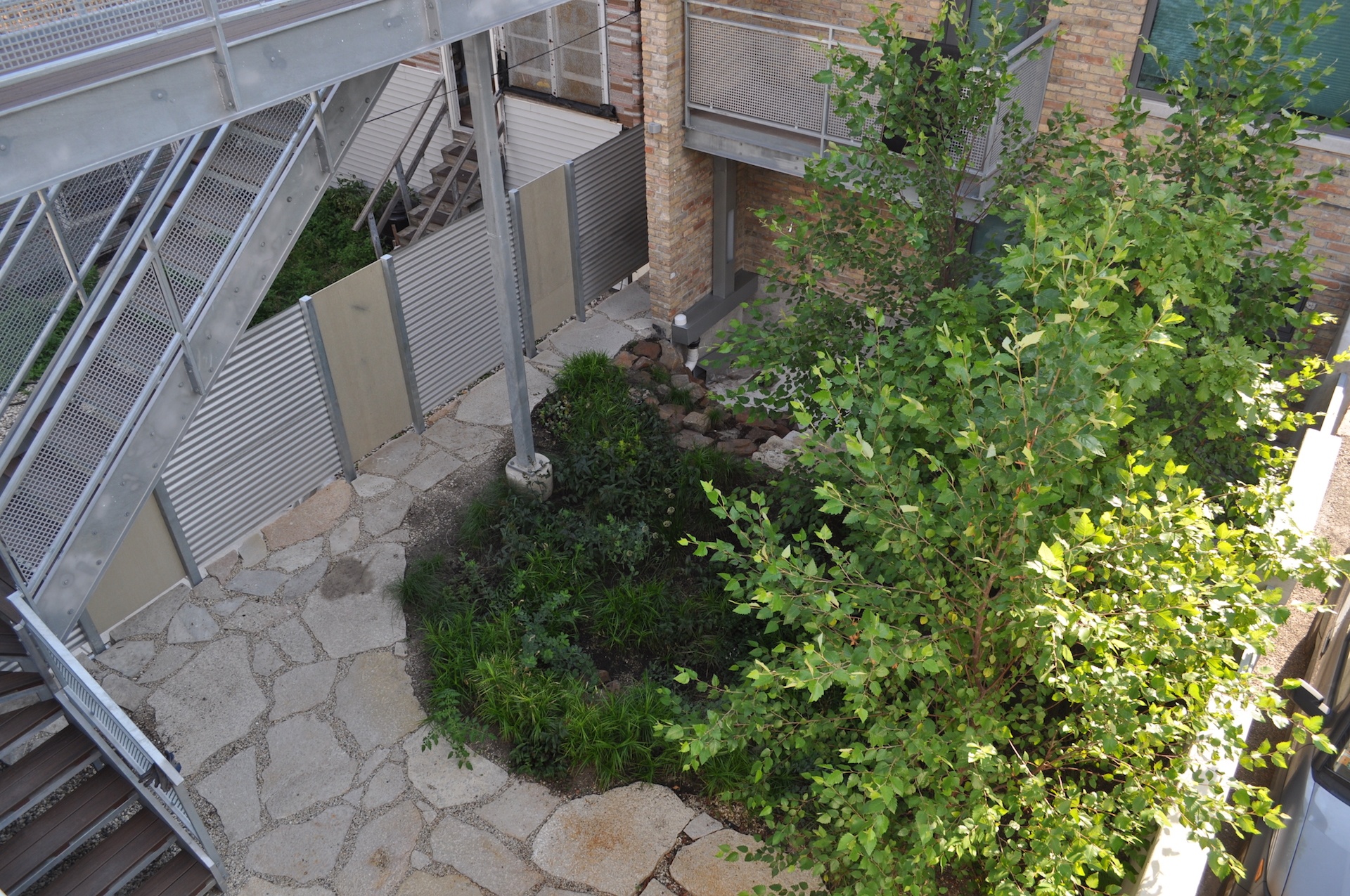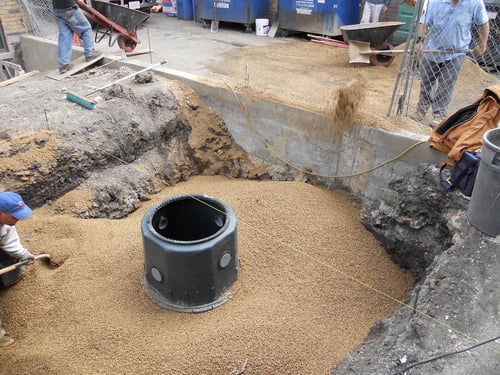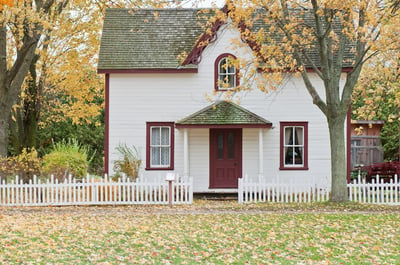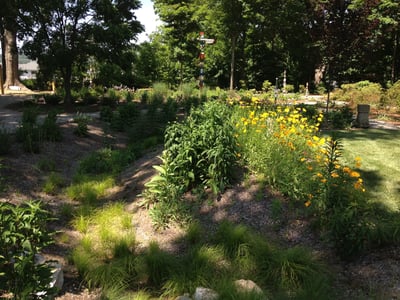
We are just beginning to quantify the numerous green infrastructure impacts on wildlife, the climate, waterways and more. What we haven’t yet spent enough time on: how sustainable practices help the economy.
While green infrastructure has become a common enough buzz phrase these days, it’s not always clear what value you’re supposed to draw from sustainable systems.
How does green infrastructure impact citizens and homeowners? How does it impact the economy as a whole? Can it help your kid get a date to prom, please?
Okay, only two of those are actually relevant to today’s discussion (not telling which).
The point is, green infrastructure impacts the economy in many ways, but it’s not always easy to measure them. Which is a major problem, because it gives the critics room to claim that “green” is just another farcical notion meant to drain taxpayer money and divert attention from real problems.
Well, we object to that. We’re here today to discuss some of the very real, very measurable impacts of green infrastructure.
The True Value of Stormwater Management

The numbers behind stormwater runoff are admittedly hard to calculate, especially since it’s kind of an “all for one and one for all” equation.
And not in a good way, d’Artagnan.
According to one report, for instance, each cubic square foot of rainwater runoff that enters the Allen Creek watershed in Rochester, New York, costs its downstream citizens $1.20.
So for every 10,000 gallons that was allowed to flow unchecked into the waterway, that’s $12,000 some sucker down the way had to pony up. (Probably quite a few suckers at once, but still.)
In other words, the steps you take or don’t take might not transfer to your own pocket, but to someone else’s.
Proper stormwater management saves on a citywide scale too, explains the Urban Land Institute: “New York City evaluated two stormwater management strategies and found that a green infrastructure plan, including green roofs, stream restoration, and bioswales, would save $1.5 billion compared to a gray infrastructure plan composed of tunnels, pumps, and storm drains.”
Property Values Rise with Attention to Green Infrastructure
 Let’s set aside for a minute that vision of a glorious future in which we all do our part to minimize stormwater runoff, installing bioswales and rain gardens and permeable asphalt on our properties.
Let’s set aside for a minute that vision of a glorious future in which we all do our part to minimize stormwater runoff, installing bioswales and rain gardens and permeable asphalt on our properties.
If you care mostly about your own home, then there’s one choice you can make today to green up your property and harvest those benefits: plant trees.
According to the National Tree Benefit Calculator, a green ash with a 36-inch trunk on a Chicago residential property is worth almost $90 in property value per year. Imagine if you have $10 of them, and own the home for $10 years. Suddenly we’re talking $9,000 you’ve just added to your property value.
That’s before stormwater benefits ($43.60 per year for 5,451 gallons of runoff intercepted, per tree), electricity ($32.23 per tree) and air quality ($29.90 per tree).
Eh? Sounds pretty good, right?
Retail and Rent and Employment, Oh My!
Green infrastructure does much out in the wider world as well, says the EPA. It impacts employment, retail sales and rents in very positive and measurable ways.According to their estimates:
- Landscaping adds 7 percent to average rental rates
- Mature tree canopies result in retail sales 8 to 12 percent higher
- Permeable pavers save an average $2.5 million by year 57
- Green roofs add 16 percent to average residential rental rates
Not so bad, right? Plus, crime goes down (lowering bills associated with law enforcement and property damage) and employee satisfaction goes up (reducing lost work time and health insurance claims).
The Costs of Green Infrastructure: Less Than You Think

Now here’s another question: Does green infrastructure really cost as much as you think to install it?
Many people assume that since “green infrastructure” carries cachet, it also costs significantly more, but that’s not actually true. Average landscaping costs range from roughly $5 to $20 per square foot, while average cost of many green structures hovers between $5 and $15. If you adjust for inflation (the landscaping figures are from 10+ years earlier), the gap closes even further.
The takeaway is simple: Green infrastructure really doesn’t cost as much as people think, and it brings many economic benefits. We need to stop asking “Should we go green this time?” and start asking “Which green systems will we use this time?” When that happens, your wallet and the world will thank you.
Want to learn more about this approach to landscaping, stormwater management, green roofs and other green infrastructure impacts? Please get in touch with Ecogardens today.

